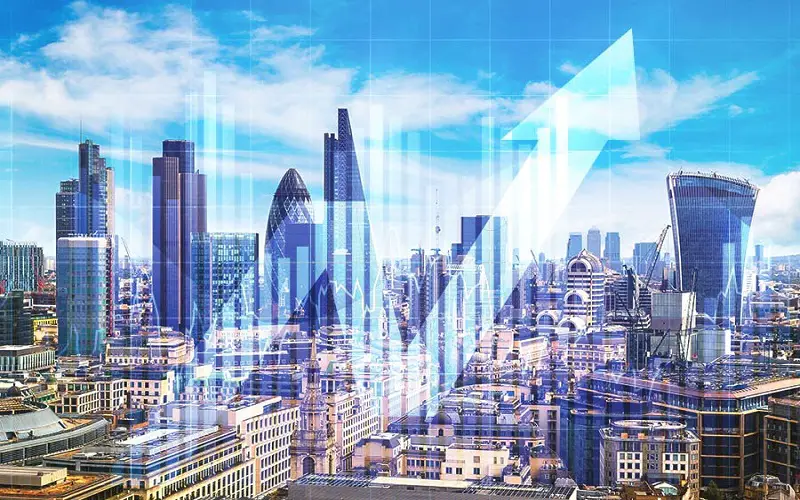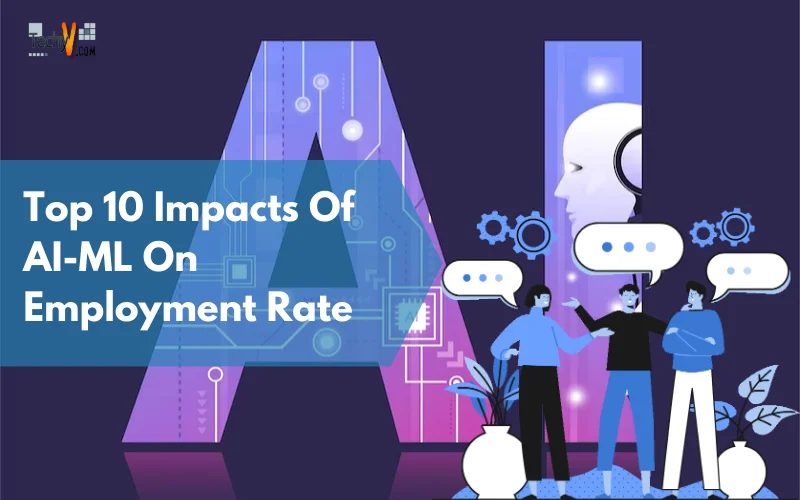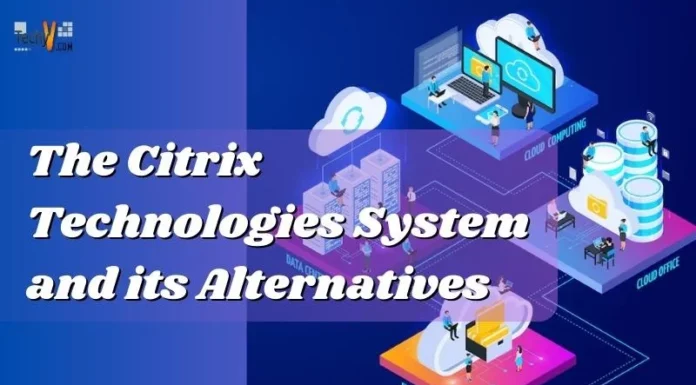Artificial intelligence and machine learning have been buzzwords in the world of technology for a while now. Advanced technologies are transforming the way we live, work, communicate, and interact with each other. While AI and ML bring about many benefits, such as increased efficiency, accuracy, and productivity, they also pose significant threats to the employment rate.
The effect of AI and ML on employment rates is complex – it can create new jobs while displacing others. It’s essential to understand how these developments will affect our economy and society. In this article, we explore ten different ways that AI and ML could impact employment rates in both positive and negative ways. We delve into the challenges ahead so that you can prepare yourself for the changes.
1. Decrease In Manual Labour Jobs
One of the most significant impacts of AI and ML on employment is the decrease in manual labor jobs. It requires less workers to complete these tasks, resulting in a decline in manual labor jobs. As technology is advancing day-by-day, we must adapt accordingly to ensure that we are not left behind. The decrease in manual labor jobs may seem daunting, but it’s important to remember that there are still plenty of career options- we need to be willing to embrace them!

2. AI And ML Experts Increased The Demand
As we witness the rapid advancements in Artificial Intelligence and Machine Learning, their impact on employment is becoming more evident. While many fear that these technologies will replace human jobs, there is no denying that they have also created a surge in demand for AI and ML experts. Moreover, the industries such as healthcare, finance, and transportation are leveraging AI and ML to improve efficiency and accuracy. It means there is an even greater demand for individuals who can apply these technologies to real-world problems. Thus, it’s safe to say that those with expertise in AI and ML are poised for success.

3. The Emergence Of New Job Roles
With the rise of artificial intelligence and machine learning, there has been emergence of new jobs in industries across the board. Another growing field is robotics engineering. As robots become increasingly common in manufacturing plants, warehouses, hospitals, and other settings, skilled engineers are needed to design, build, program, and maintain them. It requires expertise in hardware and software development, as well as knowledge about various sensors and actuators used in robotics systems and many other fields.

4. Redefining The Workforce
AI and ML have enabled workers to become more productive by automating routine tasks. It means that workers can focus on more complex or creative tasks, increasing their value to employers. There has been a shift to economy-based jobs as companies try to reduce costs associated with full-time staff. The rise of platforms such as Uber, Lyft, and Airbnb has given people access to flexible work arrangements that were not available before.

5. Displacement Of Middle-class Jobs
With the advent of AI and ML technologies in various industries, the displacement of middle-class jobs is becoming more common. These jobs require a moderate level of skills and education but are at risk of being automated due to their repetitive nature. Tasks such as data entry and customer service can be performed by chatbots or other virtual assistants. It means that companies can save on labor costs, while increasing efficiency and productivity which leads to the displacement of Middle-class jobs.

6. The Death Of Certain Industries
One of the significant impacts of AI and ML on employment is the death of specific industries. The traditional methods are slowly giving way to automation as machines are performing tasks that were previously done by humans. Initiatives such as manufacturing, retail, and transportation are already experiencing this shift. Devices can work faster, and more accurately and don’t require breaks or wages. As a result, many companies prefer automation over human labor.

7. The Growth Of New Industries
With the rise of AI and ML, there has been a noticeable growth in new industries. These technologies have created new opportunities for businesses to develop innovative products and services that were previously impossible. One such industry is autonomous vehicles. With machine learning algorithms, these cars can learn from their surroundings and make decisions without human intervention. This technology is changing the automotive industry and also creating job opportunities for software developers, data analysts, and engineers.

8. Increased Inequality
As AI and ML continue to advance, there has been a growing concern about the widening inequality gap that may result. The nature of these technologies is such that they are better suited for specific tasks over others, which means individuals with specialized skills in those areas will benefit significantly from their implementation. It leads to a situation where highly skilled professionals will see increased demand for their services while low-skilled workers face greater competition from automation. As a result, income inequality between high-skilled and low-skilled workers could widen significantly.

9. Increased Productivity And Support Economic Growth
Automation frees up workers’ time from tedious tasks so they can focus on higher-level strategic thinking. This shift towards more creative and complex roles not only makes work more engaging but allows employees to add more excellent value to their organizations. While there are concerns about job losses due to automation, it’s essential not to overlook the positive impact advanced technologies like AI and ML will have on productivity and long-term economic growth.

10. Other Concerns
The rise of remote work also highlights further issues related to equity as only individuals with access to a reliable internet connection can take advantage of telecommuting options, thereby creating new barriers contributing towards social inequity among people living in different parts of the world. The impact on employment rate caused by AI and ML is not just limited to job displacement or creation but also affects socioeconomic disparity between various groups based on skillsets or geographic location – factors that must be addressed before we implement these unique technological innovations into our everyday lives.



















